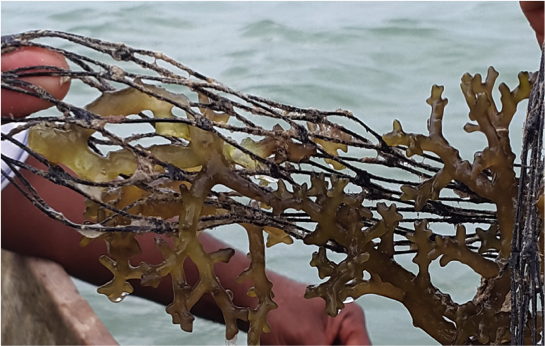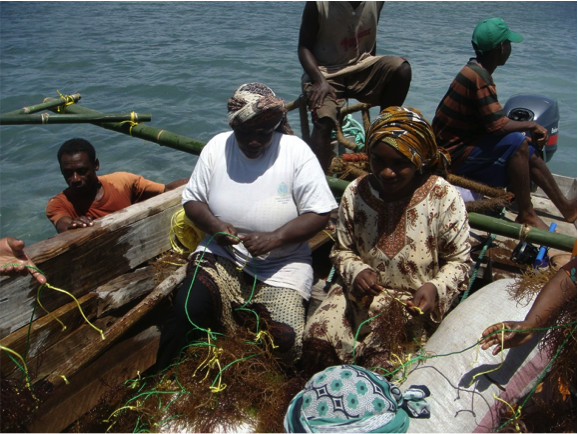


The tubular nets technology was co-designed with women producers themselves to ensure it was adapted to their needs and became theirs.
Several tests were necessary to determine the optimal length of the nets (15m instead of 30m), and how to harvest them (opening them to remove the seaweed instead of cutting the seaweed outgrowth). This ensured the nets were adapted to the women's needs.
Participatory hands-on trials with the producers themselves enabled building handling capacity.
Responsibilisation of the women producers for monitoring the results of the different net configurations enabled appropriation of the innovation.
Close relations of the Sea PoWer team with the producers enabled to build trust and hope in the new technology.
The vast knowledge of the Sea PoWer team about seaweed production and the Zanzibar marine environment enabled to quickly propose suitable alternative modifications.
Giving responsibilities and a stake in the trials to the end users was crucial to build ownership and confidence in the use of the tubular net innovation.
Accounting for factors indirectly related to the handling of the technology itself, for example, need to know the marine environment (tides, depths), and need to master additional equipment and practices (working from a boat) was also important.